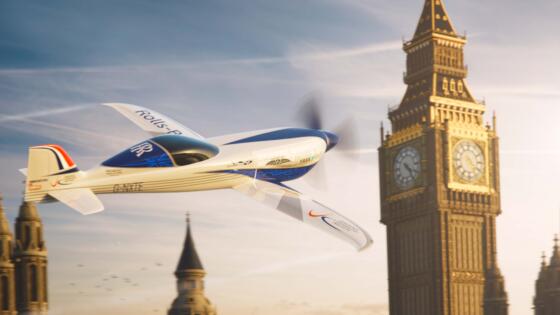Magic and mundane reality
When it comes to gifts, millions of children and perhaps a few adults trust in Santa’s magic powers and those of his helpers in their workshop on the North Pole. But how could the red-coated courier manage to pull off his express parcel service around the world in such a short time? Dr. Larry Silverberg, professor of mechanical and aerospace engineering at North Carolina State University, reflected on the kind of technical tools Santa could use to keep his delivery promise.
Key element number one: Santa Claus uses a magic bag in which by means of high-precision electromagnetic fields thermodynamic processes can be reversed that used to be deemed irreversible. As a result, the magic bag, by using carbon that’s in ample supply as soot in the chimneys Santa targets together with other on-site materials, could produce toys locally just in time – practically like something created by 3D printing but just a lot better and faster.
Key element number two: The sleigh glides through so-called “relativity clouds” enabling Santa and his reindeer to easily cover an area of 500 million square kilometers (200 million square miles) and flying to more than 80 million households in one night. “Based on his advanced knowledge of the theory of relativity, Santa recognizes that time can be stretched like a rubber band, space can be squeezed like an orange, and light can be bent,” Silverberg says on his university’s homepage. “Relativity clouds are controllable domains – rips in time – that allow him months to deliver presents while only a few minutes pass on Earth.”
That – admittedly – sounds pretty far-out, but, thanks to technological progress, even worldly logistics increasingly resembles magic. The following are some examples we’ve previously covered in “tomorrow.”






